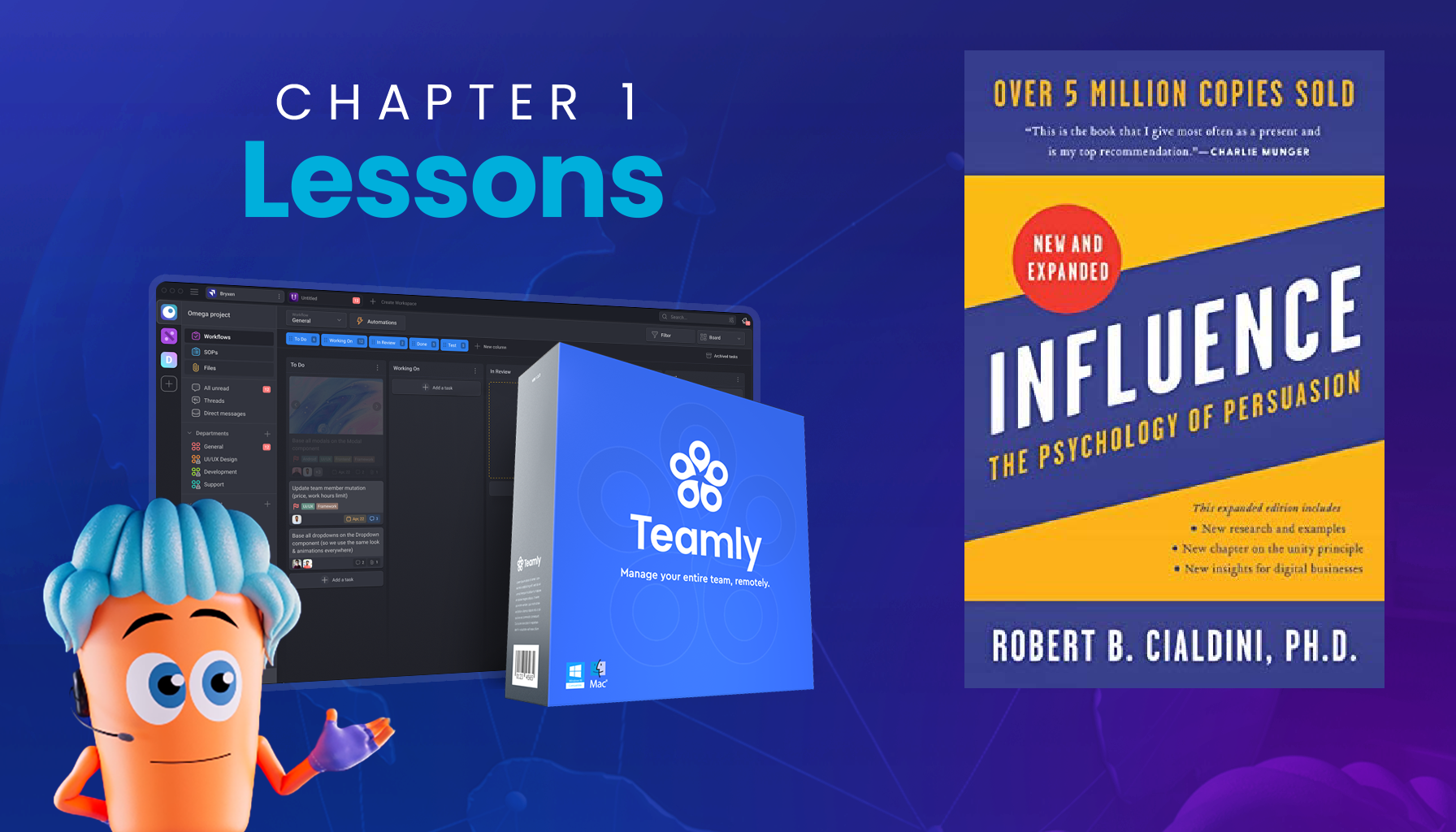
Click the button to start reading
The Essential Role of Creativity in Advertising
Conventional wisdom says that creativity is a key driver of successful advertising; that capturing the attention and imagination of the people is the most effective way to drum up engagement and sales—but is that true? And if it’s so important for success, why aren’t all ads bursting with creativity?
Many of us hear the word “creative” and think of designers, writers and artists. In reality, it’s important for advertisers to apply creativity across the entire breadth of ad creation—everything from firming up the target audience to analyzing the results has scope for creativity.
In other words, there are many types of creativity which come together to create the most engaging, best-selling campaigns. In this article we’re going to examine the role of creativity in effective advertising and see what correlation, if any, it has with revenue and ROI.
What is creative advertising?
There’s a lot of content online that talks about the value and lucrative nature of creative ad campaigns. And yet, few of them ever define what a “creative ad” actually is. This is important because no one out there is making their ads and admiring how uncreative they are—and yet some get it right while many don’t.
We’re going to use this definition: “[Creativity in advertising is] the extent to which an ad contains brand or executional elements that are different, novel, unusual, original, unique, etc.” However, throughout this article we’ll also discuss the more general concept of creativity in advertising—that is, elements that are different, novel, unusual, original or unique across the entire process.

Using creativity to stand out from the crowd
The first job of any ad is (and in fact, always has been) to stop a reader in their tracks. We live in an era of constant stimulation and engagement, perpetually looking for the next hit of dopamine. It’s why we scroll social media without purpose, listen to podcasts wherever we go and load videos whenever we stop.
The competition for our attention has never been more fierce, while the opportunity to access our eyes is bigger than ever. We actually pay for products today by accepting an onslaught of tailored ads in return. The biggest social platforms in the world are built on the promise of constant advertising.
This is both a weapon and a weakness for advertisers. The weapon is that businesses can put their ads in front of more eyes than ever in history, all over the internet. The weakness is that, unfortunately for those advertisers, we’ve all gotten very good at filtering out noisy ads.

The self-perpetuating cycle of new ideas
Whenever some clever clogs discovers a new technique that glues eyes to their ads over everyone else’s, others quickly take notice. Word spreads and soon everyone’s doing the same thing. This, of course, dilutes the effect and means no one gets particular attention—in other words, we’re back at square one.
This cycle is inevitable. Creativity is how we unlock these new ways of standing out. They’re rarely era-defining changes, but more often subtle and ongoing enhancements which help get eyes on ads.
There are 3 major ways in which companies continually manage to breathe new life into their ads: originality, flexibility, and artistic value.
Originality
Originality is about looking at what everyone else is doing and going in another direction. This usually means building an ad with novel or surprising elements, an unusual viewpoint or ear-catching language. It’s about subverting the customer’s expectations while still conveying the core message of your campaign.
For example, most adverts for body wash and shower gel follow the same pattern: they show off how much it lathers, how well it cleans, or how sublime it smells. When Old Spice launched one of the most celebrated creative ads of all time in 2010, no one had seen anything like it. It promoted its fundamental message (“Smell nice using this shower gel”) by totally subverting expectations and being extremely memorable.
It was still grounded in brilliant advertising theory (for example, capitalizing on the prevalent desire for men to be attractive to women) but positioned very differently. Along with flexibility, originality is the most crucial element to creative ads.
Flexibility
Some products have a singular purpose. However, many can be deployed in a range of different ways. A powerful and regrettably under-utilized element of creativity is flexibility—seamlessly linking the product to the wide variety of uses, outcomes and benefits it has to offer.
For example, highlighting the unique benefits that a product offers to each potential user. Broadband providers have used this to showcase how lightning-fast internet works wonders for mom, dad, sister, brother, and even grandma. A cookware supplier might show all the wonderful (and perhaps ridiculous) ways to use their premium saucepan.
Smoothly highlighting a variety of benefits or uses can add value to your ads while the competition continues “playing it safe” with their stale ideas. It sounds like an innocuous tactic, but in conjunction with original ideas or brilliant artistry, the results will speak for themselves.

Artistic Value
Adverts with high artistic value are a joy to the senses, containing highly appealing visual or verbal elements. One of the reasons Old Spice was so successful is that they combined originality with artistic value: the ads were far more ambitious, outrageous and pleasing than anything else in their category.
The bedrocks of artistic value are creativity and skill; concept and execution. As a rough guide point, there are 3 questions advertisers can ask themselves to assess if they’ve maximized artistic value:
- Is the ad visually or verbally distinctive?
- Does it make ideas come to life, either graphically or verbally?
- Is it artistic in its production?
Creativity is what makes ads memorable
All successful ads make an impression. This isn’t the same as being seen: catching someone’s attention means you’ve stood out; staying in someone’s mind means you’re made an impression. This is important because very few buyers move instantly from advert to purchase—it takes time to settle and convince.
The key to being memorable is creating the message that resonates with prospects and engages them on an emotional level. This is a different kind of creativity to making things “pop”. It requires a fundamental understanding of the customer, their pains, their motivations, where they are and what they want.
Finding a powerful message
Figuring out the most effective message for your target customer, and the best way to present that message, often requires creativity. Many companies use surveys to get customer opinions and then build campaigns off this data.
A few years ago, the accounting software company Intuit creatively took this a step further. They actually got permission to observe customers at work in their own homes. They saw first-hand how they interacted with the product, what issues came up, how they navigated its features, how they spoke about the product and much more.
When it came time to create future ad campaigns, Intuit had a crystal clear understanding of their customer’s intimate needs and could create ultra-relevant, emotionally-resonant campaigns with ease. This is a very powerful and underrated use of incredible creativity in advertising.
Turning your message into a captivating story
Once you’ve found your message, you need to transform it into a powerful, resonant story. This is where your typical creatives (predominantly writers and designers) will exchange a flurry of ideas, test concepts, and generally marry everything they know about the campaign goals, the customer, and the target message together.
While this is an essential part of the creative process, it’s interesting to note that without the extra background work, the resulting ad—however impressive—wouldn’t be nearly as effective.

Creativity and revenue—Is there a causal link?
The conventional wisdom is that creative ads perform better than “non-creative” ads, and various studies have validated that premise. A prominent result from the Harvard Business Review states that:
- A euro invested in a highly creative ad campaign had, on average, nearly double the sales impact of a euro spent on a non-creative campaign.
- The impact of creativity was initially relatively small but typically gathered momentum as the campaign rolled out.
Specifically, ads combining originality with flexibility were found to be the highest-performing of all. What’s great about this result is that it avoids survivorship bias. Many of us see a hugely successful creative ad and think, “See, creativity is king!”. However, this ignores all creative ads which didn’t return a single penny.
This raises an important point: there is always a line to be drawn between unbridled creativity and selling intent. If a wildly creative campaign racks up thousands of social shares and likes, but doesn’t produce any sales, then the campaign isn’t a success. Finding this line is certainly easier said than done, however making attempts to fully understand the customer (as discussed) makes a world of difference.
What about using non-traditional metrics?
The majority of companies funnel the majority of their marketing budget into driving sales. Money in versus money out. As a rule, the focus is on immediate sales resulting from the campaign.
There’s a great case study of US giant Macy’s taking a different route. Their creative advertising team decided to invest in a more holistic approach, focusing on the lifetime value of their most profitable customer persona. They gathered a ton of data on the customer and created brand-new messaging to resonate with them.
They also bucked the status quo by changing their metrics from immediate sales to sales over time per customer. All of this resulted in a huge boost in revenue compared to the previous advertising model.
This simply emphasises that creativity definitely does have a positive correlation with revenue, in many more ways than we probably realize!

How much creativity can you get away with?
It’s an unfortunate reality that there is more scope for creativity in some categories than others. As a rule, ads for highly-functional products need to focus more on the range of features and describe the factual use of the product. Otherwise, they run the risk of confusing prospects and failing to convey how the product will impact their lives.
For more experiential products, advertisers have free reign. Coffee adverts, for example, have spanned everything from celebrities on terraces to wild, emotional journeys across the world—ending with the sumptuous sensation of hot coffee.
Once again, knowing what level of creativity companies can safely exert depends on knowing the target audience.
Conclusion
There is clearly a lot of creative thinking that goes into creating effective, captivating and high-converting ads. Much of this is invested in visual design and storytelling, but as we’ve seen there’s more to it than that.
It requires a lot of work and constant challenging of the status quo to create consistently creative ads, but the reward for doing so is established and proven—they’re simply more persuasive and more effective than non-creative ads!
















